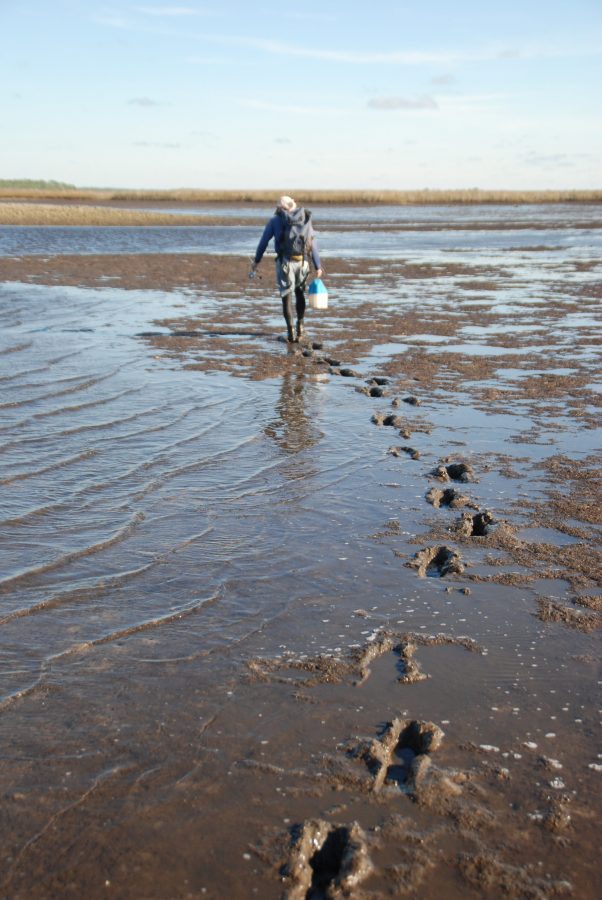The Tides They Are A Changin’ (with apologies to Bob Dylan)
Most serious saltwater anglers pay dutiful attention to the tidal charts. For some, it’s because they have discovered that fish-biting patterns on a favorite spot are tied to the tide (typically, an hour either side of dead low or high). For others, it is instead because they have discovered that attempting a boat launch on a favorite ramp at extreme low tide is like trying to do pushups in a Bounce House: an exercise in futility.
Some of these same serious anglers also notice that the posted tide predictions often bear only a meager resemblance to what truly happens – in terms of ebb and flow – during the fishing day. Case in point: my own fishing logs reflect that on one day late last summer, the charts predicted nearly identical tides as for a day in midwinter. Specifically, both days called for a high near sunrise of about 3.5 feet, with a drop of almost 3 feet by mid-afternoon. Having fished the same brackish creek both of these days, I recall that the true tidal conditions were way off on both predictions. In July, the morning high never much departed, while in January, high tide never really showed up. What gives?
As Bob Dylan might say, the answer is blowin’ in the wind. And the wind’s prevailing direction in summer is quite likely to be 180 degrees from its winter movement. Sustained winds out of the south dominate in summer, while January in the Big Bend generally ushers in some real Yankee-style nor’westers. As much as we want to believe the accuracy of tide charts (hey, they are posted to two decimal places, so they must be really precise!), we ought to use them simply as a starting point for estimating tide levels. Better to employ charts in conjunction with the latest coastal wind forecasts and updates from NOAA or whatever acronym you trust. Choose your forecaster wisely. On a recent outing, I believed the prediction of a gentle 4 knot north morning breeze, gradually increasing to 10 knots. When I got to the coast at sunrise, the northern “hawk” was already biting at 15-20 mph, and it never relented. My planned pleasant kayak outing devolved into a frigid, losing battle against wind and waves.
But as another artist (Chevy Chase, as Clark Griswold during a family frostbite scene in “Christmas Vacation) might say, “That’s all part of the experience.”

